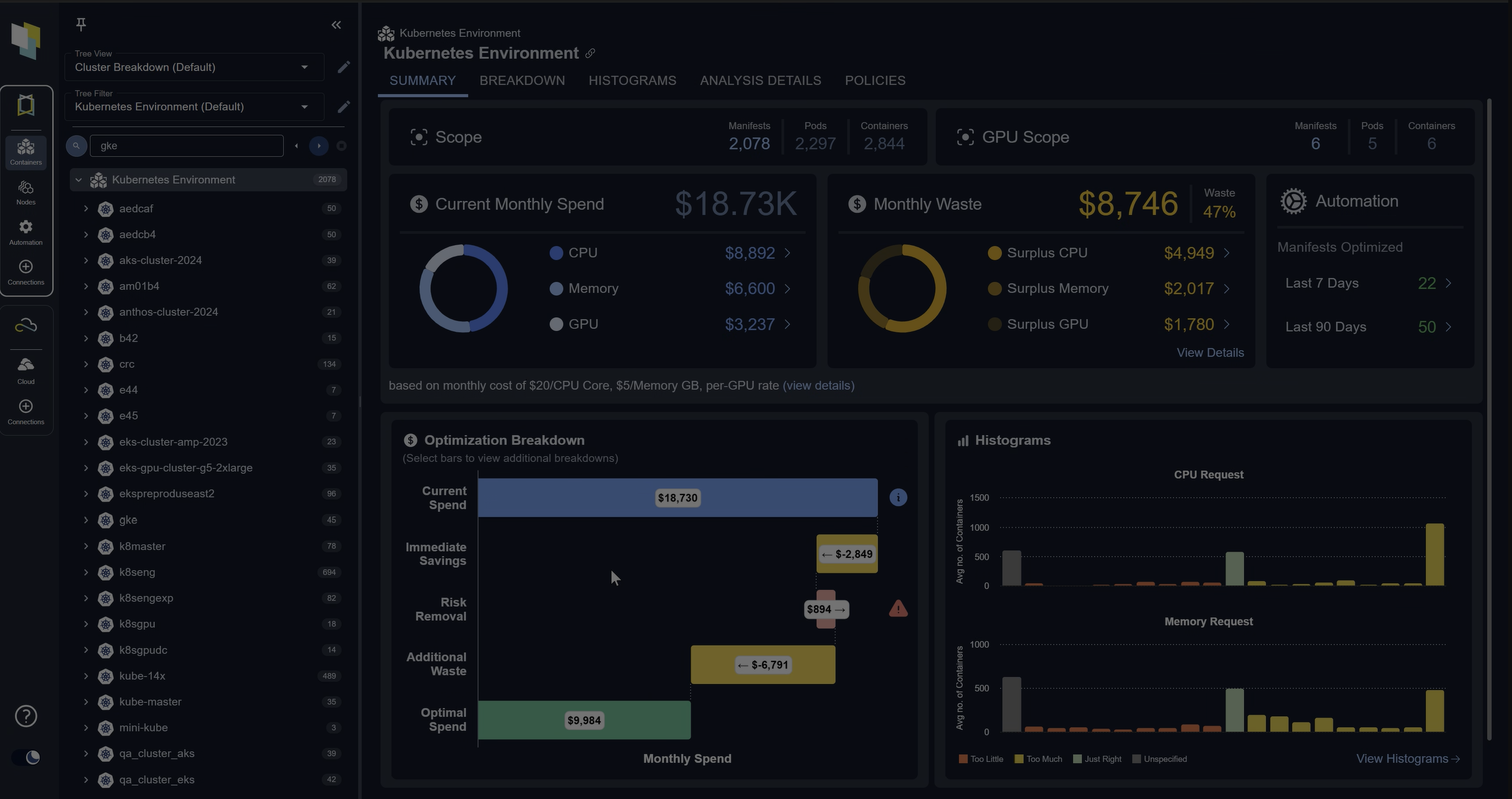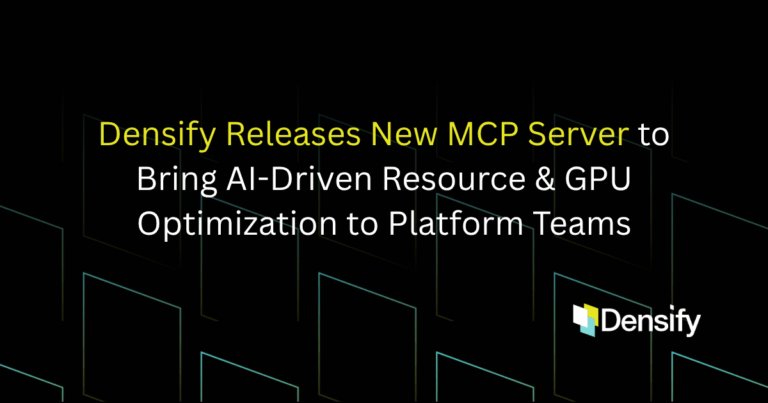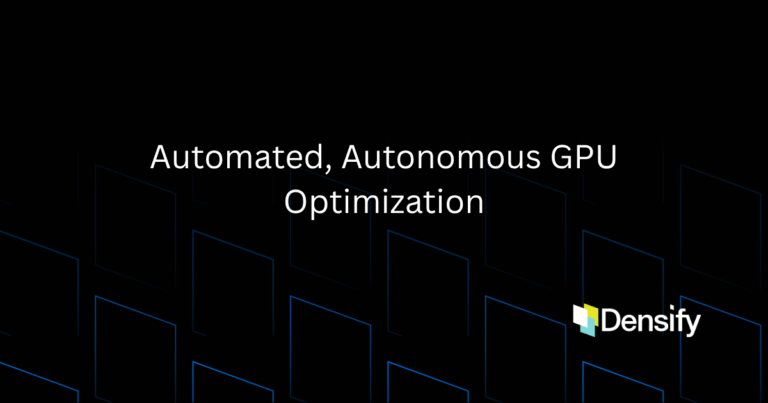Whenever there is a disruption in the world of IT infrastructure, it isn’t clear how existing teams, tools and processes will make the transition. There is always a tendency to think, at least initially, that new technologies will make exiting problems go away, but in reality these problems often just change form. And for every problem that does go away, a new challenge emerges to take its place. We saw this with the shift to virtualization, and we are seeing it again with the move to cloud.
As the world shifts to hybrid cloud architectures, one aspect that comes into question is the role of capacity managers. The act of ensuring that there is enough capacity to meet the needs of applications, without having too much, is certainly a noble objective, and has been a fundamental goal of capacity managers for decades. But in the world of on-prem infrastructure, where it takes a long time to get new capacity on the floor, this objective has in many cases been equated with the more mundane task of simply trying to figure out how to “pre-buy” capacity to meet upcoming needs.
In the move to cloud, however, it would appear that on-demand purchase models remove the need to pre-buy infrastructure. This clearly creates some uncertainty for groups whose traditional role is to pre-buy infrastructure, and even creates the perception that there may no longer be a need to do any planning at all. In a completely fluid and agile operational model the applications simply access resources when they need them, and you get a monthly bill based on what you used. Gone is the red tape that slowed down the provisioning process, and the need to understand what you are going to need. That problem just goes away.
Or does it? The flaws in this thinking have already been realized by companies that actually use the cloud, and have seen costs rapidly climb. Many cases of “sticker shock” are cited by the media and analyst communities, and there is a realization that although cloud may enable agility, it isn’t often cheap. Using on-demand pricing models exacerbates the problem as almost every major cloud provider offers cheaper prices for reserving instances or buying for longer durations. In other words, you can save a lot of money if you – GASP – pre-buy capacity.
You also save a ton of money if you buy the optimal cloud services, from the right providers for your application workloads, both initially and on an ongoing basis. Paying for a large instance when a medium will do directly hits the bottom line, and this operational expense is now visible on the monthly bill. This financial transparency makes it tempting to view this new challenge as a financial optimization problem, not a capacity problem. But this is a mistake – optimizing these costs requires a detailed understanding of the technical, business and resource needs of the application workloads, as well as the kinds of capacity that the cloud providers offer, to ensure applications land in the right hosting environments and get the right resources and service tiers. Simply understanding how to read an Amazon bill won’t accomplish this.
This is why you need someone taking on the duties of capacity managers more than ever. The act of optimizing infrastructure supply and application demand is essential to connect the granular needs of the business to the specific infrastructure they should be hosted on. And this is not just to ensure that the right upfront planning is done, but also for ensuring that the right cloud services are purchased, in the right providers, on an ongoing basis.
And for Capacity Managers, this new cloud world means they need to shake off old habits formed by overly-restrictive procurement cycles, and apply their expertise in new ways to truly optimize decisions for the business. But to do this they need to break away from traditional spreadsheet-based planning, and toward a more automated, policy-driven, analysis-based process. By leveraging capacity analytics that can continuously model all the moving parts of these new school environments, and using their accumulated experience to form the foundations of the policies that drive automation, capacity managers become enablers that allow the business to be agile while still ensuring cloud choices and spend are constantly optimized. And this is essential in hybrid cloud models, where a mix of cloud and on-prem resources make optimization even more difficult.
Once the dust settles and the mysteries of hybrid cloud management are solved, it will surely become clear that it is critical to understand the detailed needs of the business, now and into the future in order to accurately determine the optimal mix of capacity. Call it what you will, but this meticulous management of the hybrid cloud capacity is very important, and almost every organization already has people who know how to do it.





